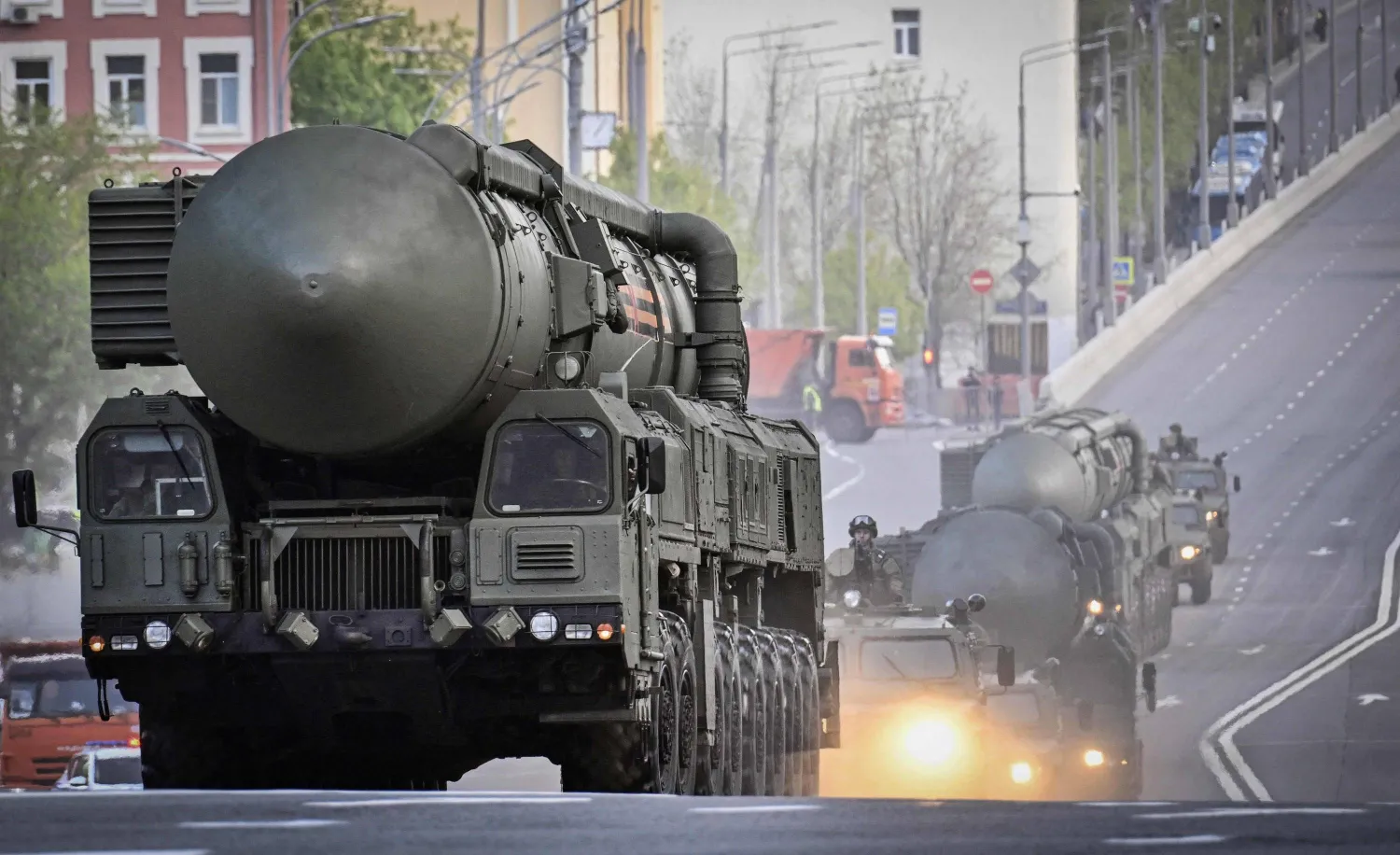Interviews carried out by Bloomberg shed light on the “global kingpin for Iranian oil”, known as “Hector”.
The kingpin is Hossein Shamkhani, the son of Ali Shamkhani, advisor to Supreme Leader Ali Khamenei. He has “raked in billions of dollars in sales from commodities originating out of Iran, Russia and elsewhere, according to more than a dozen people familiar with the matter,” reported Bloomberg.
“Few know Shamkhani’s real identity and he is widely known only as Hector, the people said.”
“Companies in his network also sell oil and petrochemicals from non-sanctioned nations and sometimes mix crude from various jurisdictions, so even buyers who test barrels may not be able to identify the country of origin, the people said,” added the report.
Shamkhani’s rise
His rise to power “offers a glimpse into parts of a sprawling shadow economy of dark oil fleets that have sprung up since Russia's February 2022 invasion of Ukraine. It also shows an increasing cooperation between Tehran and Moscow as global powers ratchet up sanctions against both governments,” said the report.
“Washington faces challenges clamping down on this trade because that risks pushing up prices at the pump in an election year. Meantime, Iran gets an annual windfall of some $35 billion from its oil exports, a boon as it backs proxy groups that have attacked Israeli or Western assets” and it appears that Shamkhani has been tasked with this mission.
Bloomberg said the US has imposed sancstions on ships believed to be operating within Shamkhani’s network, revealed people informed in the matter.
Shamkhani and parts of his trading network that do some business inside the dollar system, are under investigation for possible sanctions violations by the Federal Bureau of Investigation and the Treasury Department, according to the people and documents seen by Bloomberg.
Shamkhani denies everything
In an emailed response to questions, the director of his company said “the firm has no connection with Shamkhani while a lawyer representing the company said it follows all rules and has no links with any Russian or Iranian interests.” He denied owning any oil company, controlling a trading network or having a firm involved in commodities deals with Iran or Russia.
“Shamkhani’s influence is so wide that products supplied by entities in his network have also reached global majors like China’s Sinopec, US-based Chevron Corp. and UK-based BP Plc, according to people familiar with the matter,” continued Bloomberg.
“People familiar with Shamkhani’s empire said he effectively oversees an intertwined web of companies,” it added. “Business ownership, shareholding and control information are easy to obscure, and other executives have been formally registered as the owners and managers, the people said.”
“As one of Iran’s most profitable sectors, oil is top of mind for officials in the US. International restrictions on crude sales have put sharp pressure on the Iranian economy for years. Even so, the Iran helps fund Hezbollah, which has been trading rocket fire with Israel, as well as Houthi militants who have been attacking Western and Israeli ships in the Red Sea. It also backs the Palestinian group Hamas, which has been at war with Israel in Gaza for almost 11 months.”
Moscow and Beirut
“Over the last three decades, Shamkhani’s father Ali served as naval commander for the Islamic Revolutionary Guard Corps, defense minister and then Secretary of Iran’s Supreme National Security Council, the country’s top security body.”
“The younger Shamkhani is in his 40s and was born in Tehran, according to people who have worked with him. He attended university in Moscow and Beirut before returning to the Iranian capital to obtain a Master of Business Administration, an archived LinkedIn profile says. Shamkhani’s Russian connections are particularly valuable at a time when Tehran and Moscow, both under Western sanctions, are strengthening their military and economic cooperation,” reported Bloomberg.
“My father never had nor does he have anything to do with my business activities,” Shamkhani said.
During a brief TV appearance in 2008, the elder Shamkhani said he advised his son to go into the private sector rather than follow in his footsteps with a government post.









